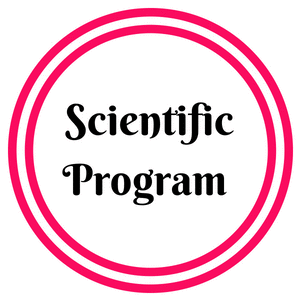Tracy Bantegui
Cerahelix Inc, USA
Biography
Tracy Bantegui is a Senior Applications Scientist for Cerahelix, Inc, where she directs laboratory studies with outside research institutes and industrial customers. These collaborative studies apply the Cerahelix ceramic NF technology for use in high recovery wastewater projects as well as application in organic solvent nanofiltration. Prior to Cerahelix, Ms. Bantegui worked as an analytical chemist and inorganic chemistry section supervisor for the Health & Environmental Testing Laboratory within the State of Maine’s Center for Disease Control. Ms. Bantegui has B.S. degrees in both Chemistry and Biology from Husson University located in Bangor, Maine.
Research Interests:
Surface modification of inorganic membranes for enhanced separation
Abstract
Nanofiltration (NF) is typically associated with non-porous polymeric membranes where permeate diffuses through the polymeric material. Ceramic membranes, however, are porous and separate based on size separation typically in the microfiltration or ultrafiltration regime. Use of a DNA-template has resulted in ceramic membranes capable of separating in the tight NF region. The DNA template process creates pore structures that are continuous, linear, highly aligned, and with a very narrow size distribution (0.6- 0.8nm). The result is a ceramic membrane that can separate particles not just by size but also based on charge. For example, this membrane has demonstrated >90% removal of dissolved solids including phosphate, sulfate, and hardness minerals. This ceramic NF combines the advantages of the thermal stability and chemical inertness of ceramic materials with reduced irreversible membrane fouling and thus reduced flux decline, thus enabling process innovation around ceramic NF. Electrocoagulation (EC) coupled with ceramic NF is one such innovative process solution. The ceramic NF can withstand the by-products of the EC process while simultaneously enhancing EC efficiency. Together, this results in >97% hydraulic recovery. Recent data in a dairy wastewater application showed >90% reduction in TSS, COD, nutrients, and hardness minerals. This robust platform technology is ideally suited for treat-to-reuse applications.
